The ScotCHEM Colloquia are a series of prestigious lectures on cutting-edge chemistry. Each year, Scotland’s University chemistry departments invite inspirational scientists to speak. The guests undertake a short tour of Scottish universities, meeting students and researchers. Upcoming Colloquia are available on our talks page.
Past Colloquia:
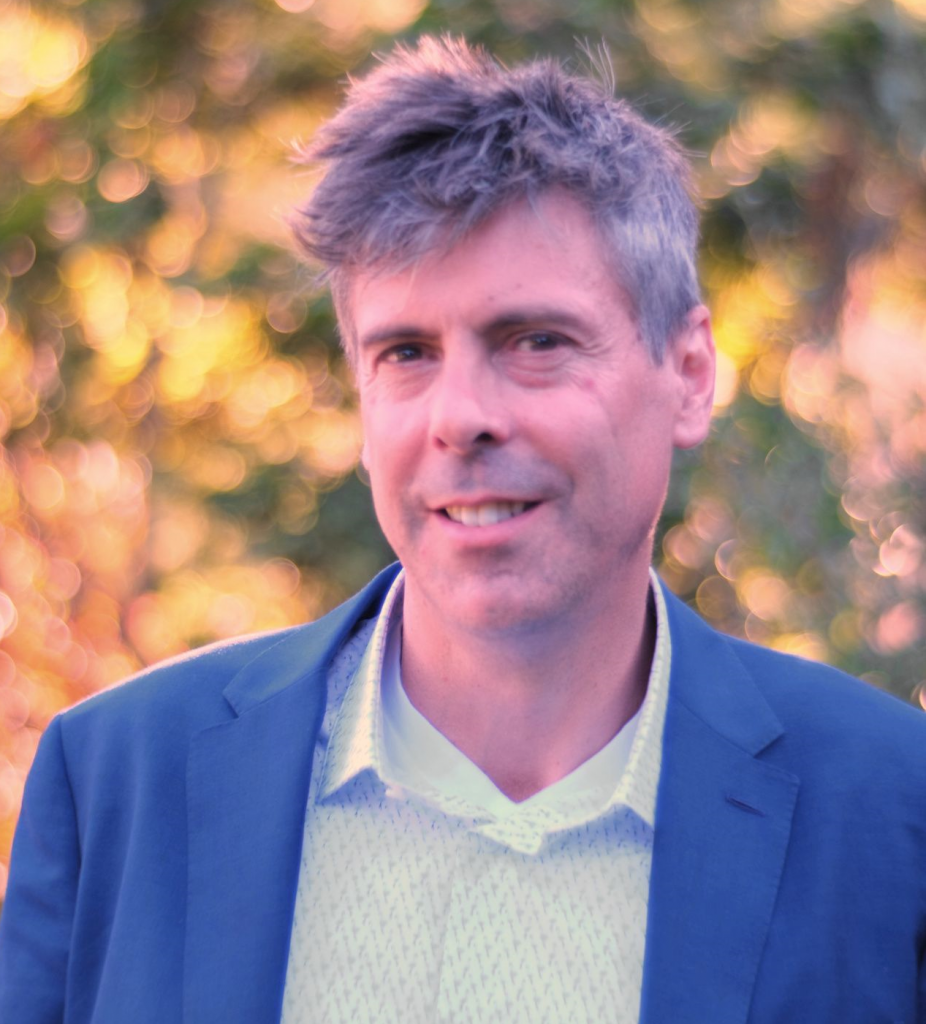 Probing Ultrafast Chemical Dynamics Inspired by the Rhythms of Fireflies
Probing Ultrafast Chemical Dynamics Inspired by the Rhythms of Fireflies
Speaker: Prof Gregory Scholes (Princeton University)
Coherence phenomena arise from interference or the addition, of wave-like amplitudes in phase [1]. While coherence has been shown to yield transformative new ways for improving function, advances have been limited to pristine matter, as quantum coherence is considered fragile. Here I will discuss how vibrational and vibronic wavepackets entrain ensembles of molecules, like the synchronized flashing of fireflies. I will discuss how this can be used to probe mechanisms of ultrafast dynamics and how in -step vibrational motion might be employed to control function on ultrafast timescales. I will give examples that include light -harvesting in photosynthesis, energy flow in organometallic molecules that are ‘wired’ by Fermi resonance, and ultrafast electron transfer in molecular systems.
[1] Scholes, et al. “Optimal Coherence in Chemical and Biophysical Dynamics” Nature 543, 647 – 656 (2017)
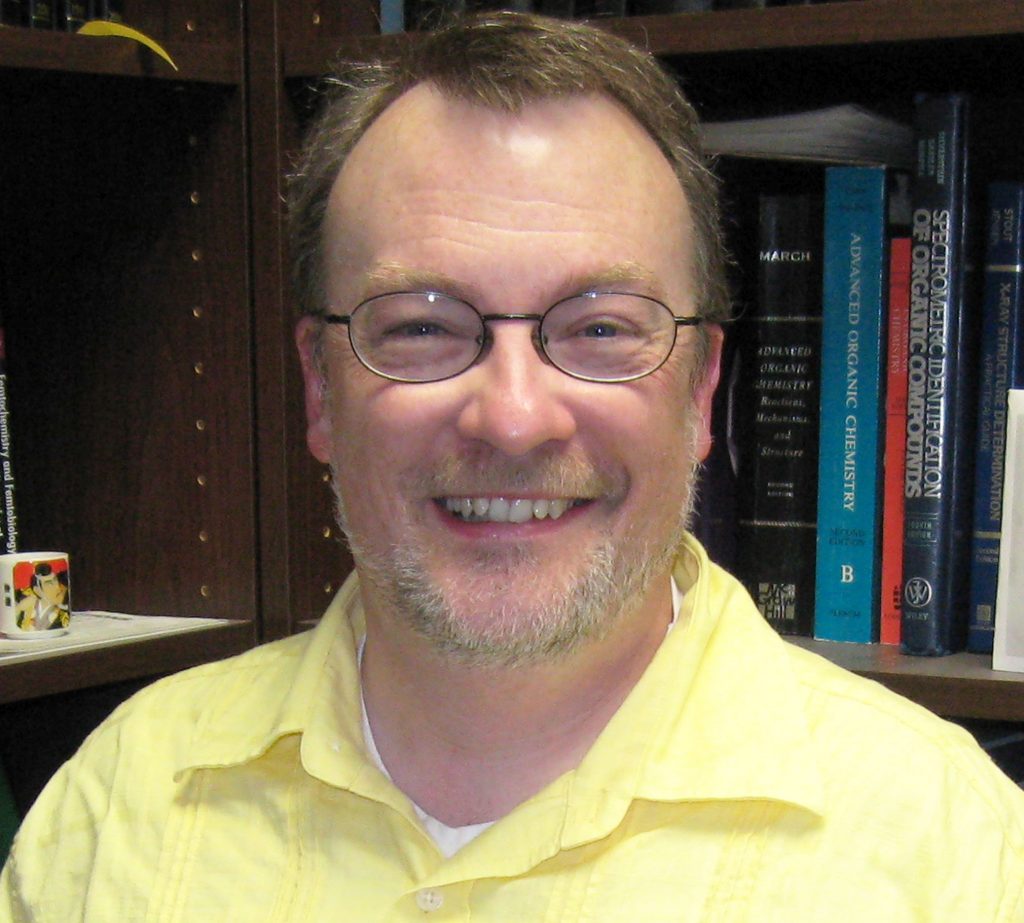 Tailoring the Photophysics of First-row Transition Metal-based Chromophores for Light Capture and Conversion: Challenges and Opportunities
Tailoring the Photophysics of First-row Transition Metal-based Chromophores for Light Capture and Conversion: Challenges and Opportunities
Speaker: Prof Jim McCusker (Michigan State University)
The conversion of light to chemical energy is one of the most fundamental processes on Earth. It is the basis of photosynthesis, in which light absorption results in the separation of charge that ultimately creates the chemical potential needed to drive ATP synthesis; an advantageous by-product of this process is, of course, O2 production. Ironically, photosynthesis is also the source of the biomass from which the fossil fuels that constitute the basis of society’s energy infrastructure are derived. The overwhelming majority of climate scientists are in agreement that it is the burning of these fossil fuels – in effect the rerelease of what was sequestered carbon into the atmosphere – that is driving global climate change. Options for shifting away from fossil fuels as our primary energy source generally revolve around renewables such as wind, solar, biomass, nuclear, geothermal, and hydro: of these, the only renewable energy source that is limitless and carbon-free (at least in principle) is solar. The energy flux hitting the Earth is 120,000 TW: integrated over a 24-hour period, this translates to humankind’s total energy budget for an entire year. Despite the progress that has been made in the implementation of solar energy (due primarily to reductions in the cost of silicon), the intermittent nature of solar energy, the balance of systems costs that continue to represent a significant economic obstacle, combined with the fact that electricity constitutes only ~30% of the global energy footprint all underscore the need for continued research in solar energy conversion science
 Understanding Nickel’s Role in C(sp3)-H Activation: Structure, Reactivity, & Mechanism
Understanding Nickel’s Role in C(sp3)-H Activation: Structure, Reactivity, & Mechanism
Speaker: Prof Jennifer Love (University of British Columbia)
We report a mechanistic study of C(sp3) -H bond activation mediated by nickel. A cyclometalated Ni(II) ureate [(PEt3)Ni(κ3-C,N,N-(CH2)N(Cy)(CO)N((N)-quinolin-8-yl))] was synthesized and isolated from a urea precursor, (Me)(Cy)N(CO)N(H)(quinolin-8-yl), via C(sp3)-H activation. We investigated the effects of solvents and base additives on the rate of C-H activation. Kinetic isotope effect experiments showed that C-H activation is rate determining. Through deuterium labelling and protonation studies, we also showed that C-H activation can be reversible. We extended this reaction to a range of ureas with primary and secondary C(sp3)-H bonds, which activate readily to form analogous nickelated products. Finally, we showed that carboxylate additives assist with both ligand dissociation and initial N-H bond activation, consistent with a concerted metalation deprotonation mechanism.
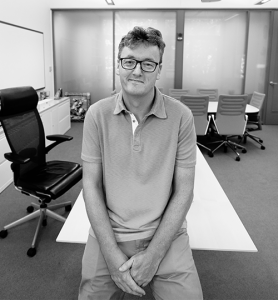 New Photoredox Reactions
New Photoredox Reactions
Speaker: Prof David Macmillan (Princeton)
This lecture will discuss the advent and development of new concepts in chemical synthesis, specifically the application of visible light photoredox catalysis to the discovery or invention of new chemical transformations. This lecture will explore a strategy the discovery of chemical reactions using photoredox catalysis. Moreover, we will further describe how mechanistic understanding of these discovered processes has led to the design of new yet fundamental chemical transformation s that we hope will be broadly adopted. In particular, a new catalysis activation mode that allows for the development of C–H abstraction and decarboxylative coupling reactions that interface with organometallic catalysis.
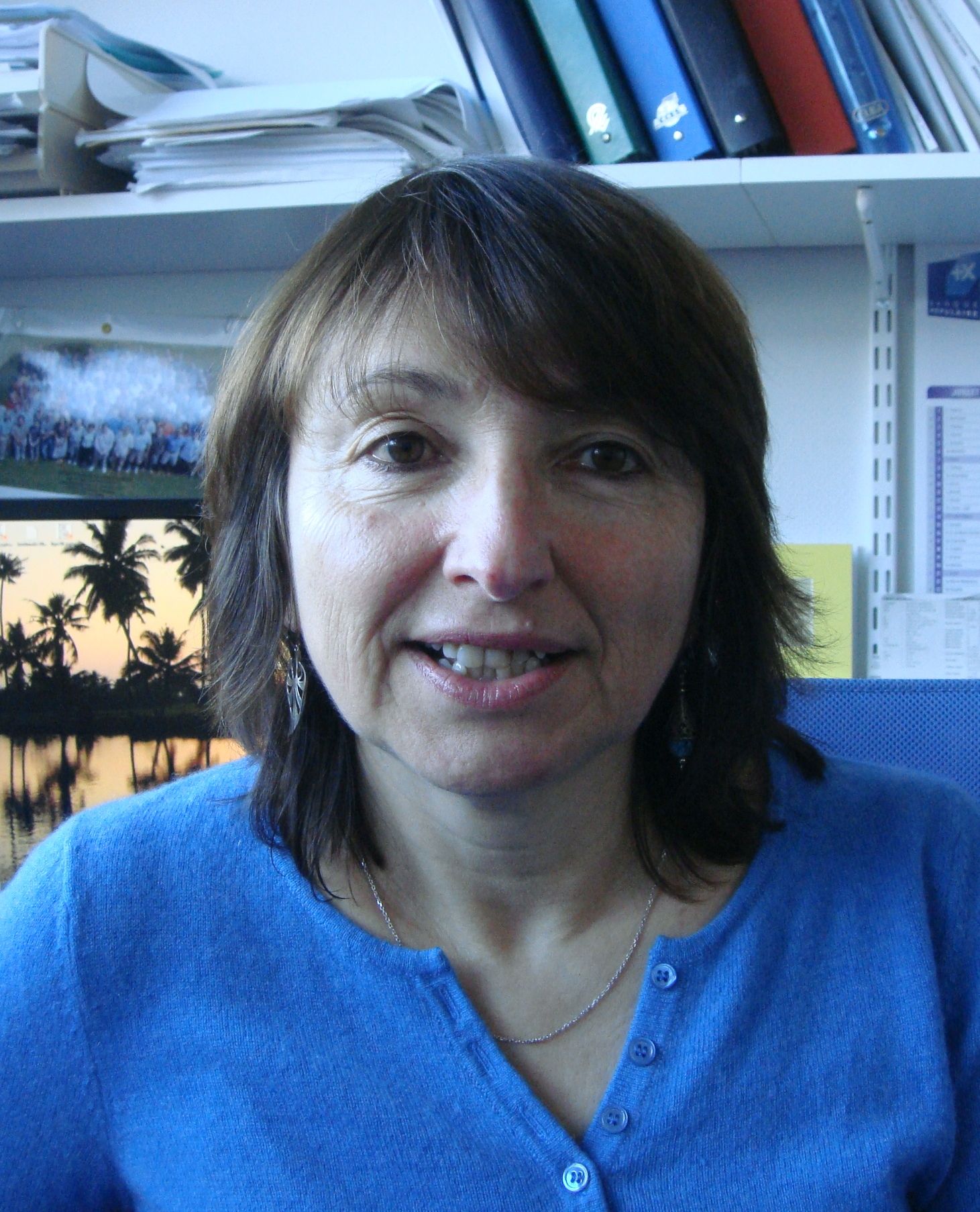 Dihydrogen and Polyfunctional Ligands: Coordination Chemistry and Catalysis
Dihydrogen and Polyfunctional Ligands: Coordination Chemistry and Catalysis
Speaker: Prof Sylviane Sabo-Etienne (CNRS LCC Toulouse)
More than 30 years ago, the proof by neutron diffraction that dihydrogen could be coordinated to a metal center without H-H bond breaking was published by Gregory Kubas and collaborators. The sigma dihydrogen complexes were born. Nearly at the same time, the concept of agnostic interactions was established by Maurice Brookhart and Malcolm Green. Since then, many new complexes displaying agostic interactions or sigma coordination modes have been prepared, and applications in energy and catalysis have emerged. If we want to control activity and selectivity issues, it is necessary to gain knowledge on the properties of this unique class of complexes which involves one (or in some cases two) three-centers, two-electron bonds. In this context, this lecture will provide a few answers to the following points. How far can we define the hydrogen interaction with the metal center? Nowadays, we have access to a large variety of characterization techniques. Some of them might require sophisticated levels and be cost or/and time expensive. Can we bypass them? How can we combine catalytic in-situ monitoring, stoichiometric experiments, and various techniques to decipher the mechanism of a complex catalytic system?
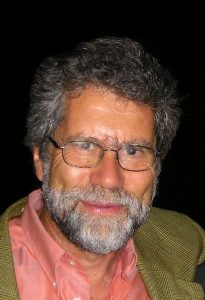 On systems with and without excess energy in environment; ICD and other interatomic mechanisms
On systems with and without excess energy in environment; ICD and other interatomic mechanisms
Speaker: Prof Lorenz S. Cederbaum (University of Heidelberg)
How does a microscopic system like an atom or a small molecule get rid of the excess electronic energy it has acquired, for instance, by absorbing a photon? If this microscopic system is isolated, the issue has been much investigated and the answer to this question is more or less well known. But what happens if our system has neighbours as is usually the case in nature or in the laboratory? In a human society, if our stress is large, we would like to pass it over to our neighbours. Indeed, this is in brief what happens also to the sufficiently excited microscopic system. A new mechanism of energy transfer has been theoretically predicted and verified in several exciting experiments. This mechanism seems to prevail “everywhere” from the extreme quantum system of the He dimer to water and even to quantum dots. The transfer is ultrafast and typically dominates other relaxation pathways. Can there be interatomic/intermolecular processes in environment when the system itself (again, an atom or small molecule) does not possess excess energy? The answer to this intriguing question is yes. The possible processes are introduced and discussed. Examples and arguments are presented which make clear that the processes in question play a substantial role in nature and laboratory.
Work on the interatomic processes discussed can be found in the Bibliography.
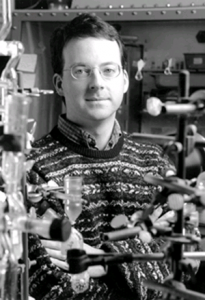 In Pursuit of the Perfect Plastic
In Pursuit of the Perfect Plastic
Speaker: Prof Geoffrey Coates (Cornell University)
Society depends on polymeric materials more now than at any other time in history. Although synthetic polymers are indispensable in a diverse array of applications, ranging from commodity packaging and structural materials to technologically complex biomedical and electronic devices, their synthesis and disposal pose important environmental challenges. The focus of our research is the development of sustainable routes to polymers that have reduced environmental impact. This lecture will focus on our research to transition from fossil fuels to renewable resources for polymer synthesis, as well as the development of polymeric materials designed to bring positive benefits to the environment.
Ga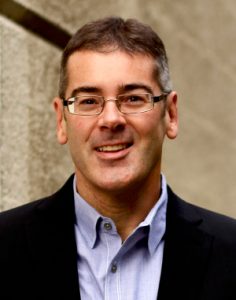 s Separations in Metal-Organic Frameworks
s Separations in Metal-Organic Frameworks
Speaker: Prof Jeff Long (University of California, Berkeley)
Owing to their high surface areas, tunable pore dimensions, and adjustable surface functionality, metal-organic frameworks (MOFs) can offer advantages for a variety of gas storage and gas separation applications. In an effort to help curb greenhouse gas emissions from power plants, we are developing new MOFs for use as solid adsorbents in post- and pre-combustion CO2 capture, and for the separation of O2 from air, as required for oxy-fuel combustion.1 In particular, MOFs with open metal cation sites or diamine-functionalized surfaces are demonstrated to provide high selectivities and working capacities for the adsorption of CO2 over N2 under dry flue gas conditions.2 Multicomponent adsorption measurements further show compounds of the latter type to be effective in the presence of water,3while calorimetry and temperature swing cycling data reveal a low regeneration energy compared to aqueous amine solutions.4 MOFs with open metal sites, such as Mg2(dobdc) (dobdc4– = 2,5-dioxido-1,4- benzenedicarboxylate), are highly effective in the removal of CO2 under conditions relevant to H2production, including in the presence of CH4 impurities.5 Redox-active Fe2+ sites in the isostructural compound Fe2(dobdc) allow the selective adsorption of O2 over N2 via an electron transfer mechanism.6 The same material is demonstrated to be effective at 45 °C for the fractionation of mixtures of C1 and C2 hydrocarbons, and for the high-purity separation of ethylene/ethane and propylene/propane mixtures.7 Finally, it will be shown that certain structural features possible within MOFs, but not in zeolites, can enable the fractionation of hexane isomers according to the degree of branching or octane number.8
References
1. Sumida, K.; Rogow, D. L.; Mason, J. A.; McDonald, T. M.; Bloch, E. D.; Herm, Z. R.; Bae, T.-H.; Long, J. R. Chem. Rev. 2012, 112, 724.
2. McDonald, T. M.; Lee, W. R.; Mason, J. A.; Wiers, B. M.; Hong, C. S.; Long, J. R. J. Am. Chem. Soc. 2012, 134, 7056.
3. Mason, J. A.; McDonald, T. M.; Bae, T.-H.; Bachman, J. E.; Sumida, K.; Dutton, J. J.; Kaye, S. S.; Long, J. R. J. Am. Chem. Soc. 2015, 137, 4787.
4. McDonald, T. M.; Mason, J. A.; Kong, X.; Bloch, E. D.; Gygi, D.; Dani, A.; Crocellà, V.; Giordano, F.; Odoh, S.; Drisdell, W.; Vlaisavljevich, B.; Dzubak, A. L.; Poloni, R.; Schnell, S. K.; Planas, N.; Kyuho, L.; Pascal, T.; Prendergast, D.; Neaton, J. B.; Smit, B.; Kortright, J. B.; Gagliardi, L.;Bordiga, S.; Reimer, J. A.; Long, J. R. Nature 2015, 519, 303.
5. Herm, Z. R.; Swisher, J. A.; Smit, B.; Krishna, R.; Long, J. R. J. Am. Chem. Soc. 2011, 133, 5664.
6. Bloch, E. D.; Murray, L. J.; Queen, W. L.; Maximoff, S. N.; Chavan, S.; Bigi, J. P.; Krishna, R.; Peterson, V. K.; Grandjean, F.; Long, G. J.; Smit, B.; Bordiga, S.; Brown, C. M.; Long, J. R. J. Am. Chem. Soc. 2011, 133, 14814.
7. Bloch, E. D.; Queen, W. L.; Krishna, R.; Zadrozny, J. M.; Brown, C. M.; Long, J. R. Science 2012, 335, 1606.
8. Herm, Z. R.; Wiers, B. M.; Mason, J. A.; van Baten, J. M.; Hudson, M. R.; Zajdel, P.; Brown, C. M.; Masciocchi, N.; Krishna, R.; Long, J. R. Science 2013, 340, 960.
 Non-covalent synthesis of functional supramolecular systems
Non-covalent synthesis of functional supramolecular systems
Speaker: Prof E W Meijer (Eindhoven University of Technology)
The intriguing prospects of molecular electronics, nanotechnology, biomaterials, and the aim to close the gap between synthetic and biological molecular systems are important ingredients to study the cooperative action of molecules in the self-assembly towards functional supramolecular systems. The design and synthesis of well-defined supramolecular architectures requires a balanced choice between covalent synthesis and the self-assembly of the fragments prepared. The current self-assembly processes are primarily controlled by solvent, temperature or concentration. For synthetic chemists, the non-covalent synthesis of these supramolecular architectures is regarded as one of the most challenging objectives in science: How far can we push chemical self-assembly and can we get control over the kinetic instabilities of the non-covalent architectures made? How can we go from self-assembly to self-organization? Where the number of different components is increasing the complexity of the system is increasing as well. Mastering this complexity is a prerequisite to achieve the challenges in creating functional systems. In the lecture we illustrate our approach using a number of examples out of our own laboratories, with the aim to come to new strategies for multi-step non-covalent synthesis of functional supramolecular systems.
A co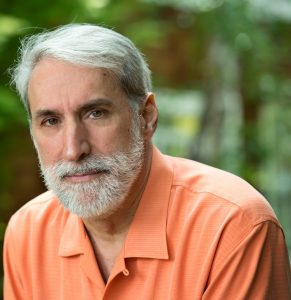 mplete artificial photosynthesis at high efficiency
mplete artificial photosynthesis at high efficiency
Speaker: Prof Dan Nocera (Harvard University)
The artificial leaf accomplishes a solar fuels process that captures the elements of photosynthesis – the splitting of water to hydrogen and oxygen using light, from neutral water, at atmospheric pressure and room temperature. These conditions are met owing to the development of water splitting catalysts of the elements of Mn, Co and Ni that are self-healing; the design principles for self-healing catalysis will be presented. The self-healing catalysts are coated on a silicon wafer in a buried junction configuration, which enables light harvesting and charge separation to be coupled to catalysis under simple conditions. We have advanced the design of the artificial leaf by utilizing the hydrogen from the artificial leaf and combining it with carbon dioxide to make liquid fuels. Using the tools of synthetic biology, a bio-engineered bacterium has been developed to convert carbon dioxide, along with the hydrogen produced from the artificial leaf, into biomass and fusel alcohols. This hybrid microbial | artificial leaf system scrubs 180 grams of CO2 from air, equivalent to 230,000 liters of air per 1 kWh of electricity. Coupling this hybrid device to existing photovoltaic systems leads to unprecedented solar-to-biomass (10.7%) and solar-to-liquid fuels (6.2%) yields, which greatly exceeding natural photosynthetic systems.
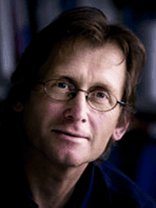 Controlling Chiral Space in Asymmetric Catalysis
Controlling Chiral Space in Asymmetric Catalysis
Speaker: Prof Ben Faringa (University of Groningen)
The challenge to develop the fully catalytic sustainable organic synthesis of the future sets the stage for a new era in asymmetric catalysis. Besides high levels of activity and selectivity, practicality of the new catalytic methodologies is a key parameter. The design of catalytic toolkits and tandem catalytic conversions are other important aspects. In this lecture new catalytic systems based on monodentate phosphoramidite ligands will be discussed. The focus will be on advances in C-C bond formation and applications in the synthesis of natural products. Furthermore, the catalytic conjugate addition reactions of Grignard reagents and allylic alkylation of organolithium reagents with absolute levels of stereocontrol will be presented. The synthetic methodology will be illustrated in the total synthesis of structures demanding remote acyclic stereocontrol. Furthermore recent advances in catalytic cross coupling with iorganolithium reagents will be discussed.
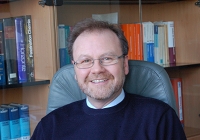 Single, Double, Triple, Chains: New Forays into Boron-Boron-Bond Formation
Single, Double, Triple, Chains: New Forays into Boron-Boron-Bond Formation
Speaker: Prof Holger Braunschweig (Universität Würzburg)
Due to its inherent electron deficiency, boron forms polyhedral boranes, made up of multicenter bonds, rather than chains or rings with electron-precise boron-boron bonds. In the case of the latter, only very few well-defined examples were known, which all suffer from low-yielding, non-selective syntheses that solely rely on reductive coupling of amino(halo)boranes. Consequently, the area of classical boron-boron multiple bonds is relatively undeveloped. Over the past two years, we have put significant effort into the development of new synthetic strategies to overcome this seemingly element-specific deficiency. Here, initial results on the following topics will be presented:
- metal-mediated dehydrocoupling of boranes
- improved reduction protocols for NHC-stabilized diborenes and diborynes
- metal-promoted catenation of borylenes

